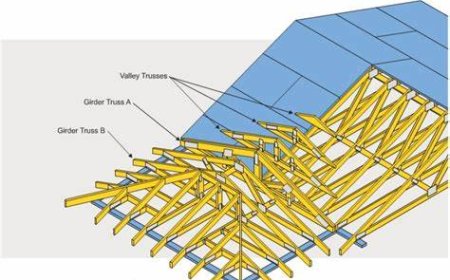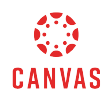- Explore proper techniques and safety protocols for lifting heavy materials, ensuring minimal risk and maximum efficiency.
- Understand the selection and use of lifting equipment, such as cranes, hoists, and slings, for various materials like pipes and steel plates.
- Learn how to calculate the weight and center of gravity of materials to ensure proper lifting and load balancing.
- Enhance skills in rigging, ensuring correct attachment points and load distribution during lifting operations.
- Develop an understanding of relevant safety standards, regulations, and best practices for lifting operations to prevent accidents and injuries.
imaginX is used by many amazing schools and universities
University / College

























